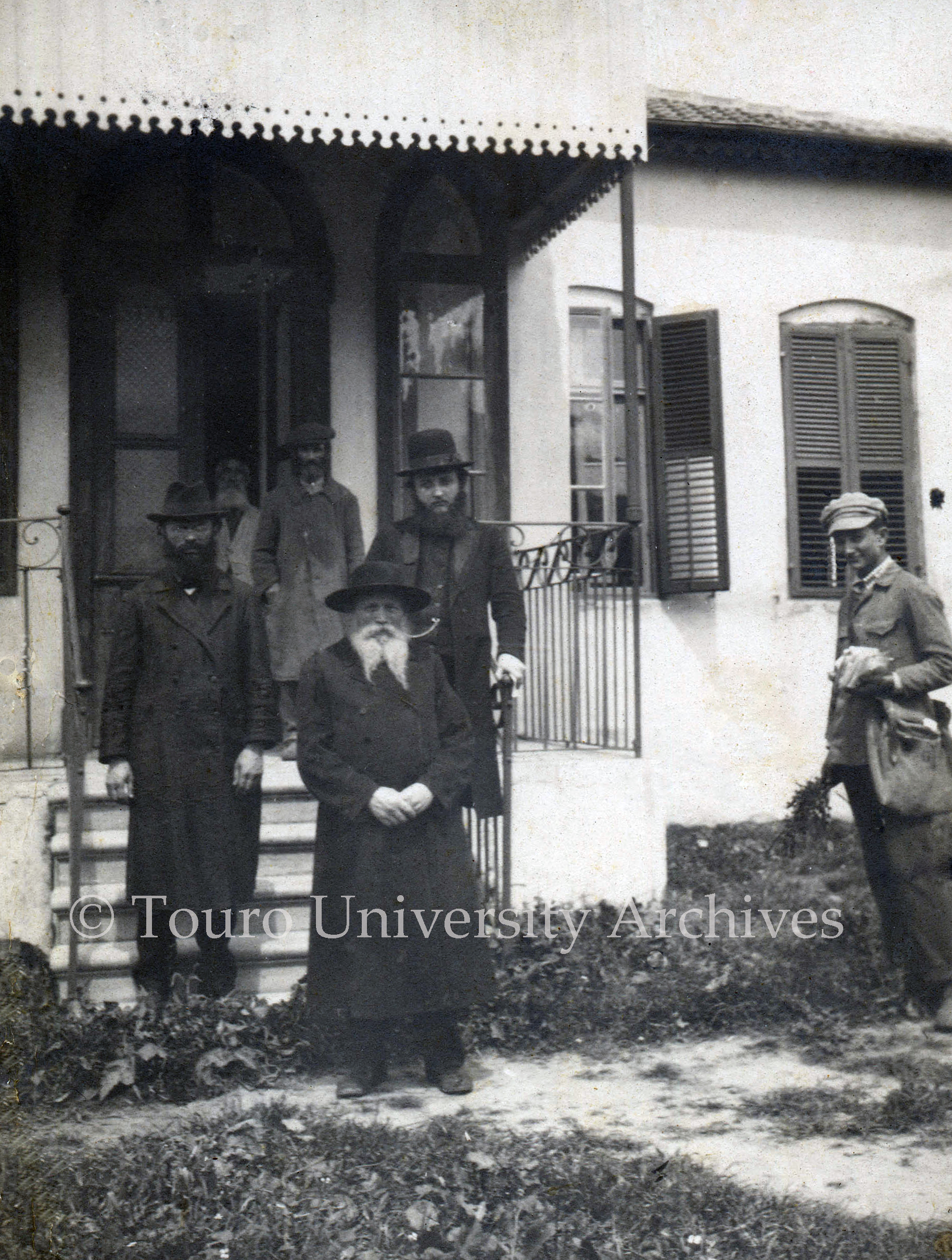We don’t have to wonder what life was like in the shtetl or rely on stories we heard as children. While Orthodox Jews did not traditionally write memoirs in past generations, Pinkhes Dov Goldenshteyn (1848-1930), a talmid chacham and a shochet, tells us in raw detail about his life as a poor orphan in Ukraine without nostalgia or white-washing in The Shochet: A Memoir of Jewish Life in Ukraine and Crimea, a new book from Touro University Press. Goldenshteyn wrote his Yiddish memoirs to strengthen the belief in Hashem and hashgacha pratis of his children and grandchildren in America and elsewhere, some of whom were wavering in their religious commitment. With the translation of those memoirs into English by Touro University librarian Michoel Rotenfeld, a new generation can also feel that wave of complete faith while also seeing the difficulty of life in nineteenth century Ukraine. Many Jews then were entrenched in poverty, scared of forced enlistment in the Czarist army and surrounded by family and community who struggled to survive on a daily basis. Despite all these basic challenges, the hard life was full of faith, love, plentiful moments of shared joy and the profound feeling of Hashem’s presence throughout life.
In this first of two volumes which traces the years from his orphanhood, when he was raised by his doting sisters, through his maturation into a Torah scholar and shochet, Goldenshteyn endures tremendous hunger, suffering and humiliation. Readers see what life was like in the shtetl — the cold, the hunger, the difficulty of travel. They see both good and bad marriages, family members who give away their last piece of bread to a loved one and others who have more but refuse to help, the hierarchy of suitable candidates for shidduchim, the corruption caused by desire for money and honor. Despite these hard truths of life, Goldenshteyn’s story uplifts readers. His faith carries him through his difficult time. His struggles bring him into personal contact with the Tzemach Tzedek of Lubavitch. His search for parnassah brings him to the hometown of the Malbim, who receives him with honor. His quest for a bracha and advice leads wealthy laymen to give him the unusual role of a minor celebrity for carrying a cherished esrog to the Lyever Rebbe. His faith and his personal integrity ensure that his life is filled with blessings even if he chronically lacked food and money.
The story of Pinkhes Dov Goldenshteyn’s life is enhanced by his literary skill. He writes like a professional storyteller, leading readers in suspense and dropping bits of foreshadowing until we turn every page hoping to learn the next twist in his eventful life. Ultimately, the reader sees how the different pieces of his life fit together like a puzzle, as if a plan was always there waiting for Goldenshteyn to walk into it. Hashem is the true protagonist of this story of life in the nineteenth century shtetl. The rich often lose their wealth. Social status comes and goes. Strength of character, loyalty, honesty, piety and generosity last longer than the vanities of this world. As we read about Goldenshteyn’s tumultuous life, we learn about one person’s unvarnished experiences in the legendary shtetl of a world that no longer exists.
The Shochet: A Memoir of Jewish Life in Ukraine and Crimea: Volume I can be ordered through Academic Studies Press or on Amazon at The Shochet (academicstudiespress.com)

A 1922 photograph of Pinkhes-Dov Goldenshteyn, standing in the foreground with his white beard parted in the middle. Standing on the first step is Rabbi Yisroel Aba Tsitron, the rabbi of Petakh-Tikva and the son-in-law of the Rogatshover Gaon.












